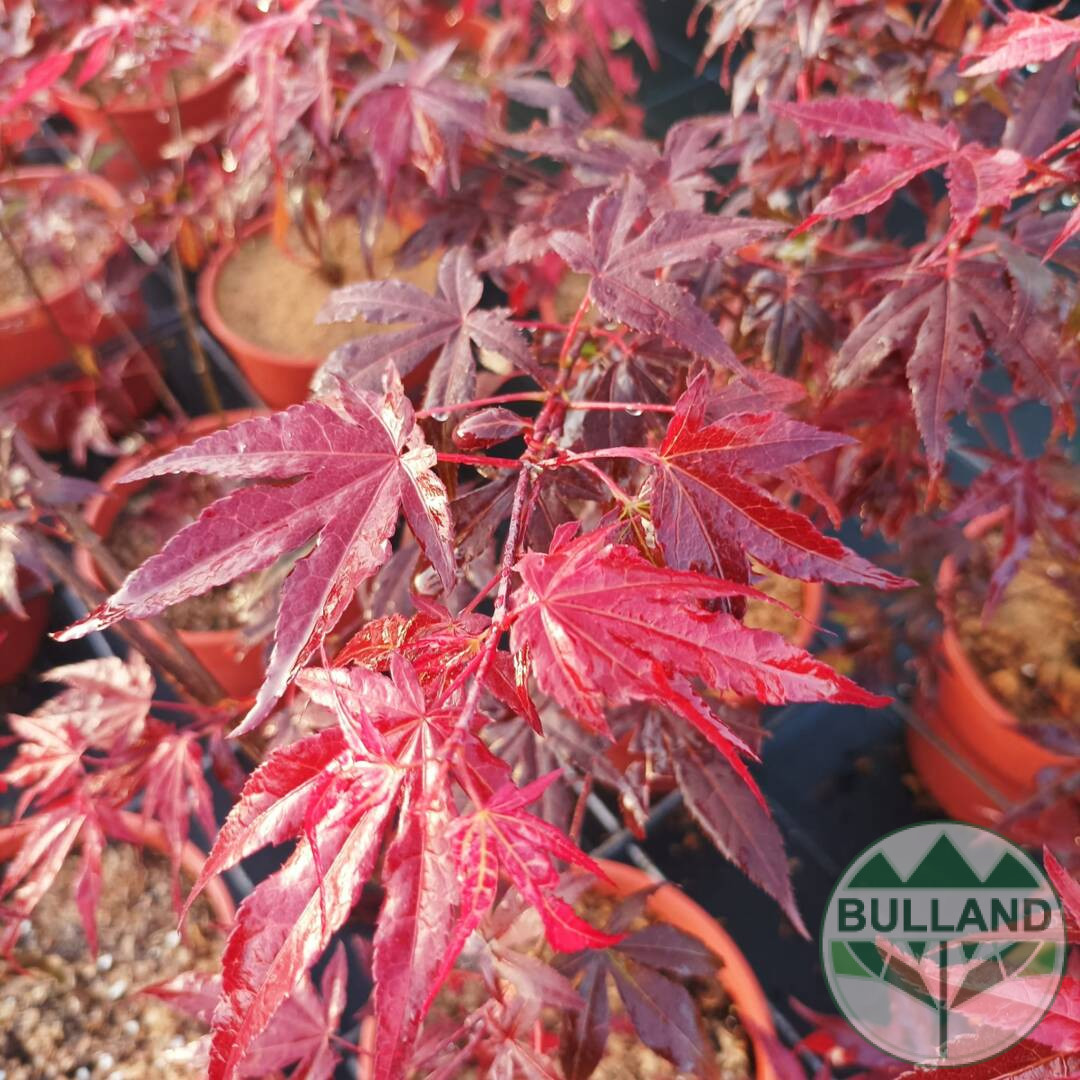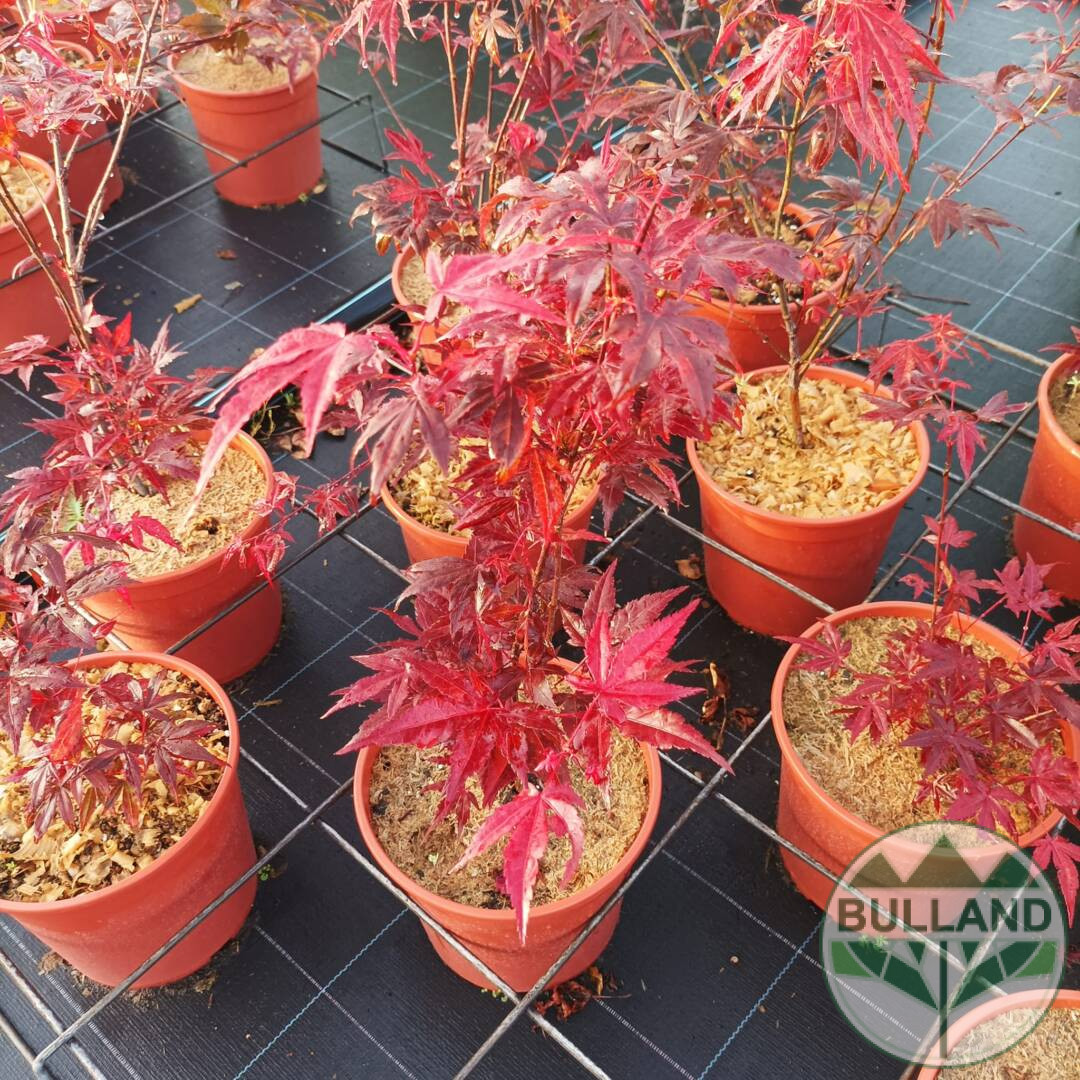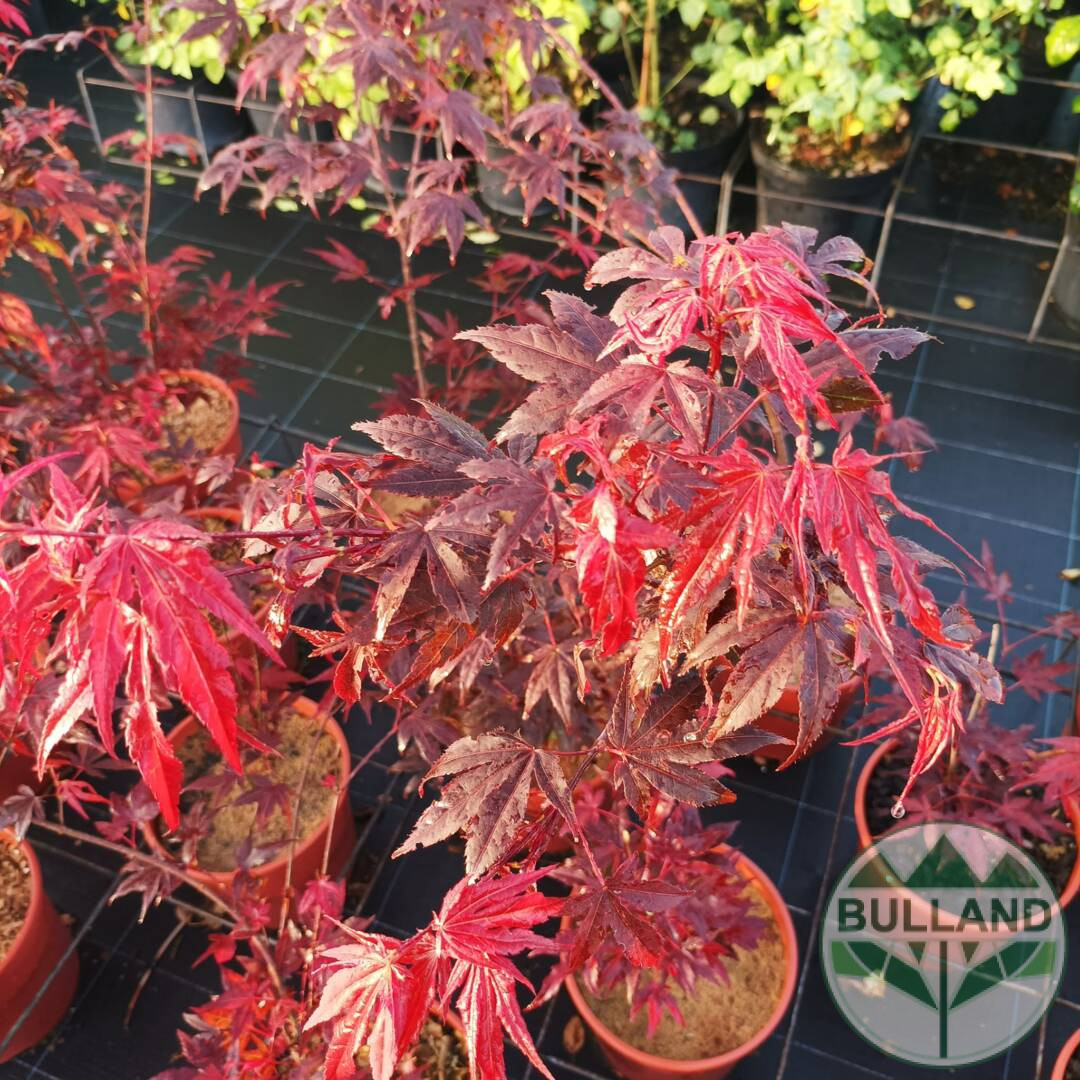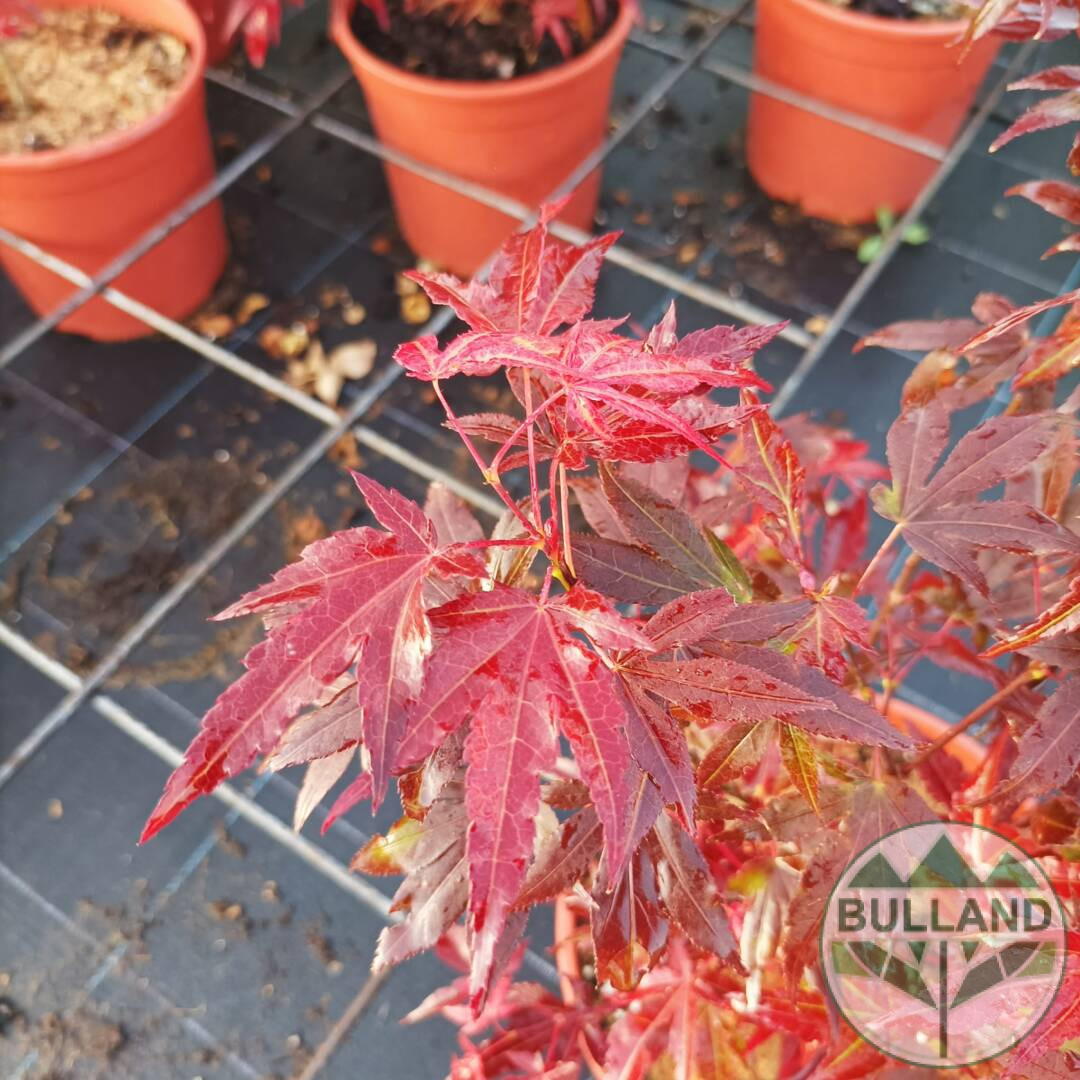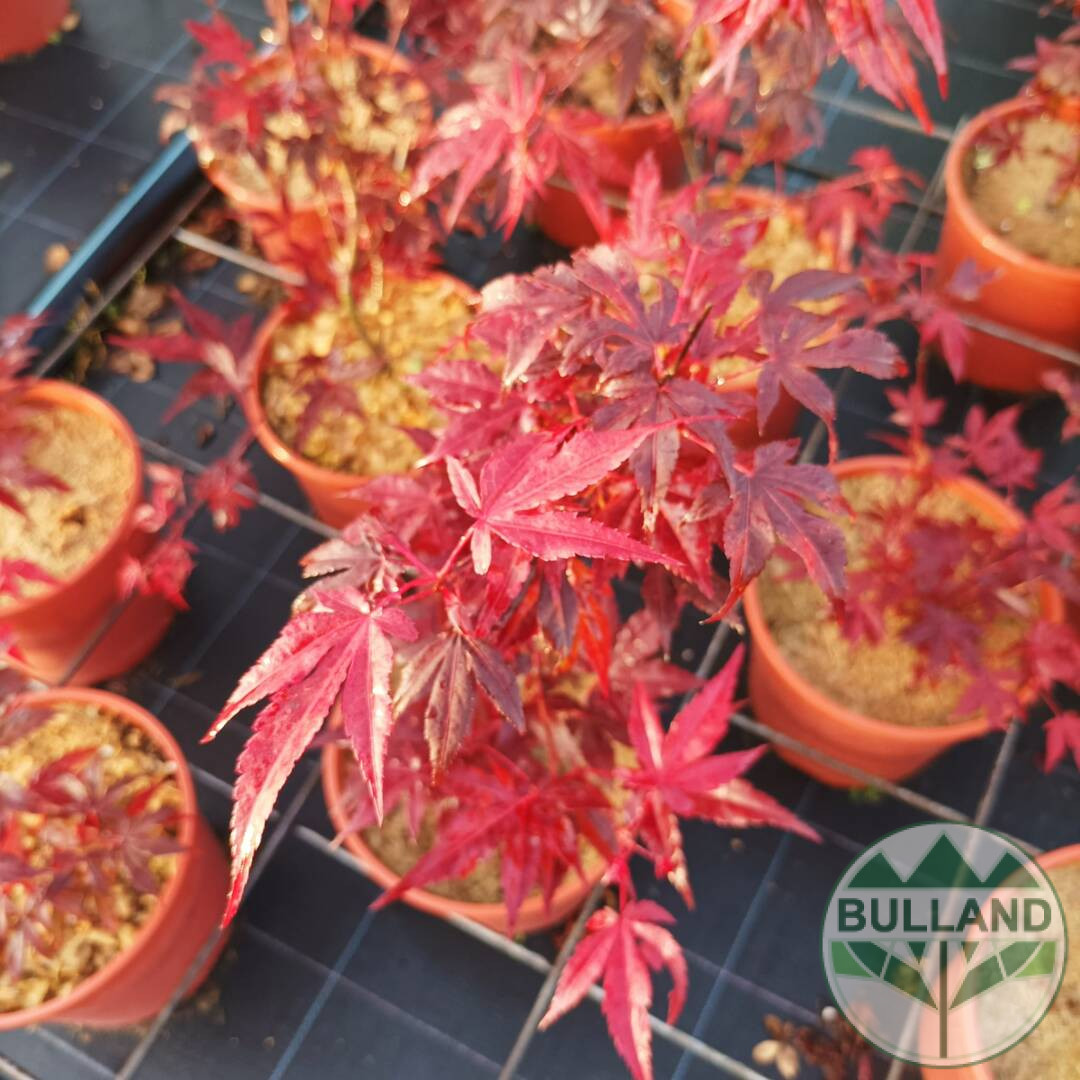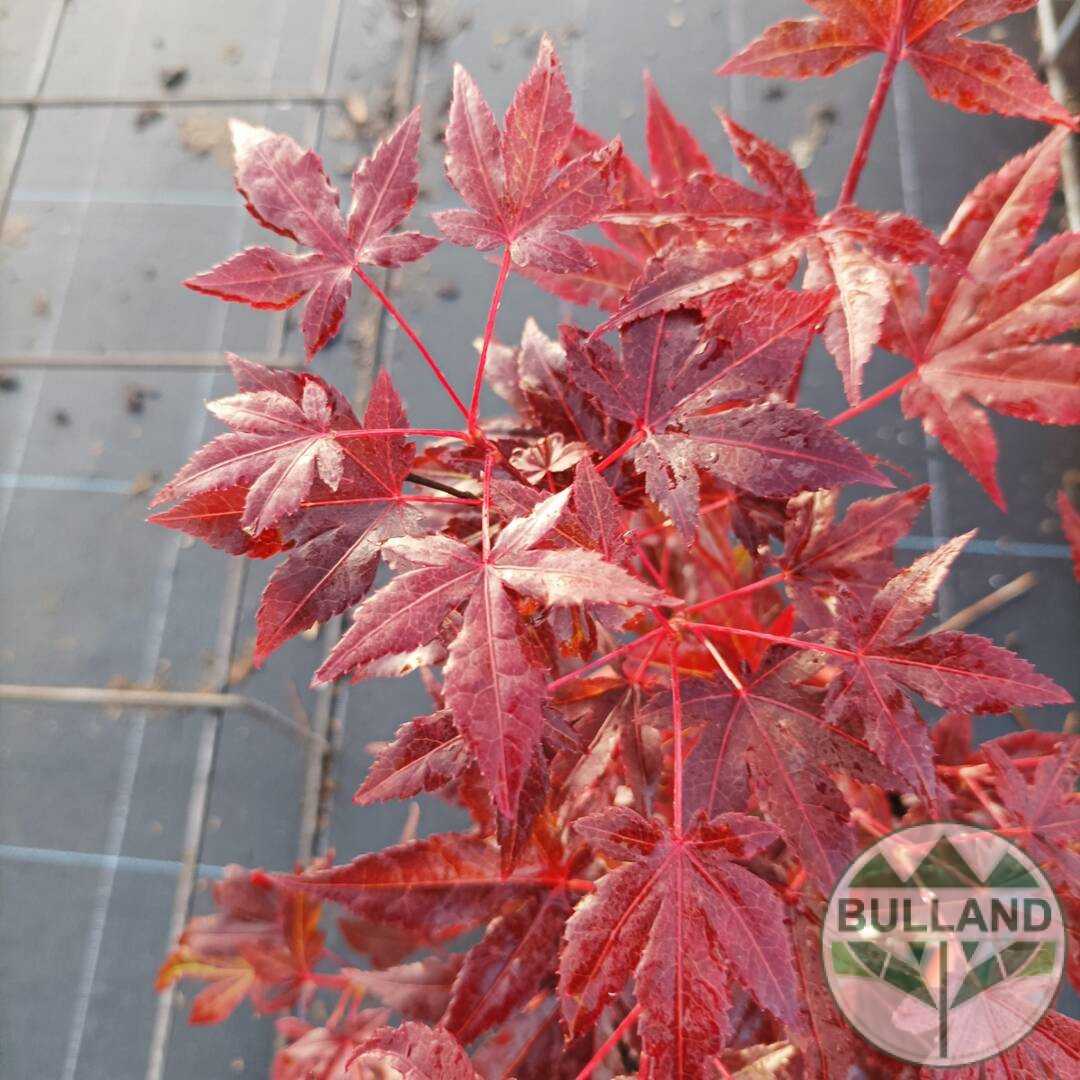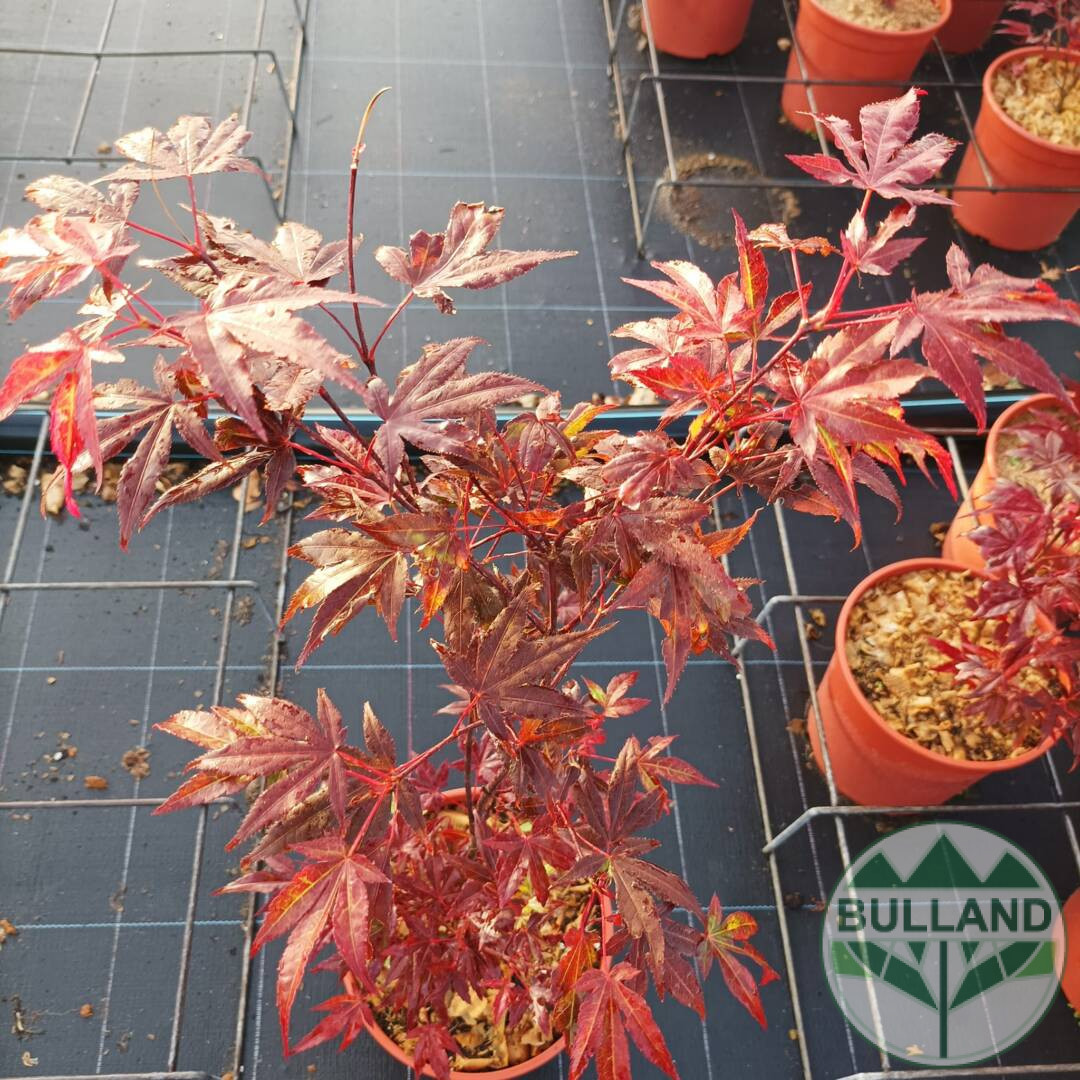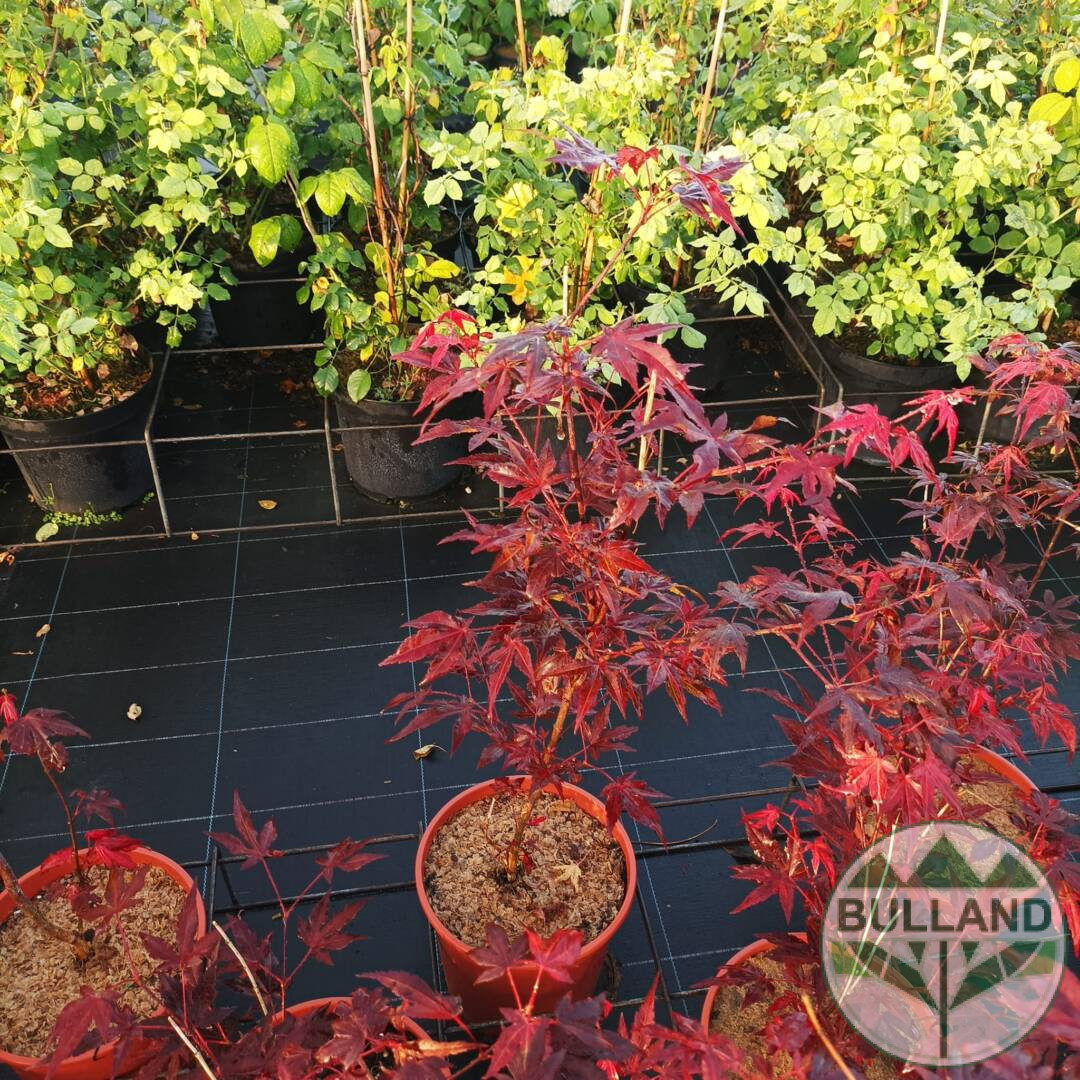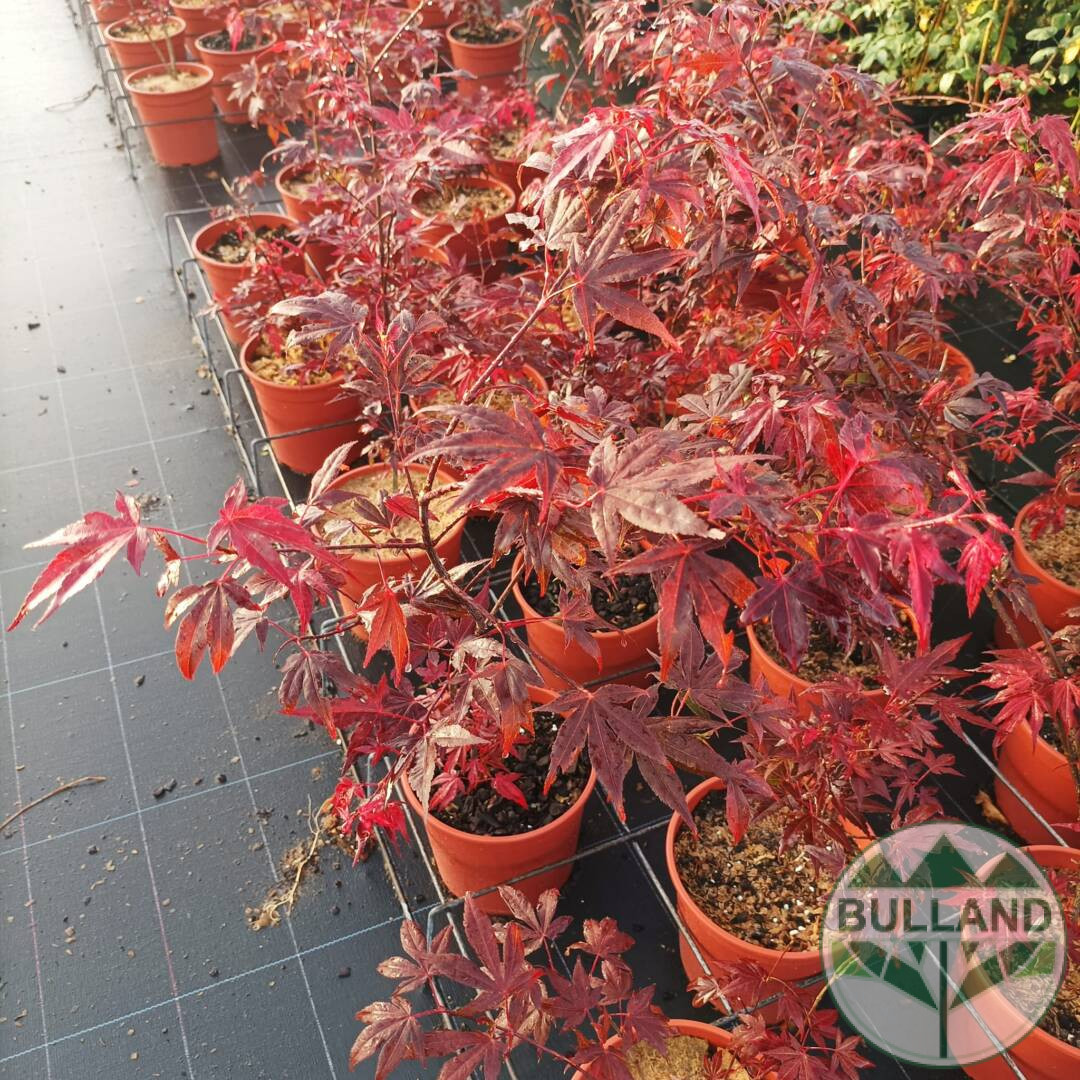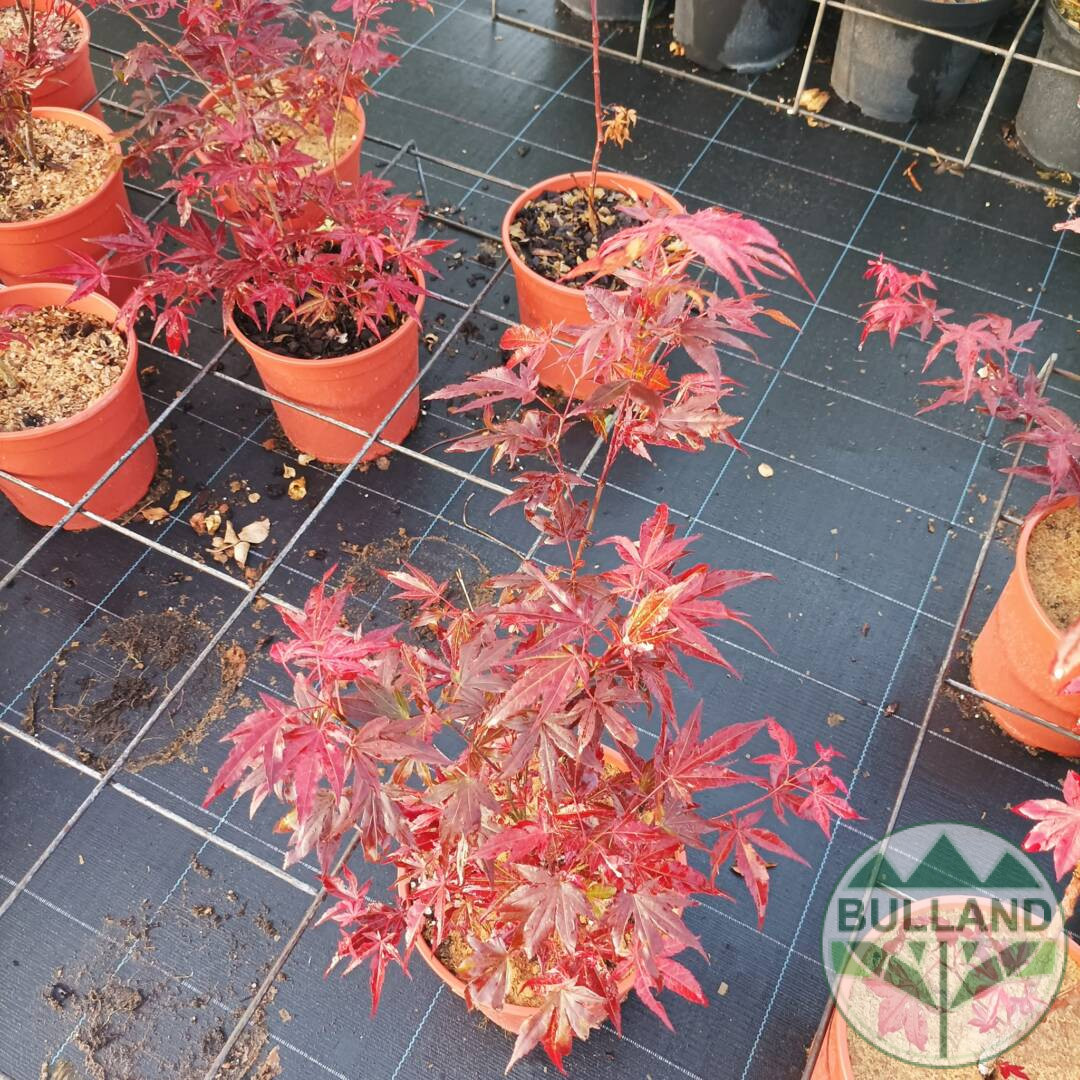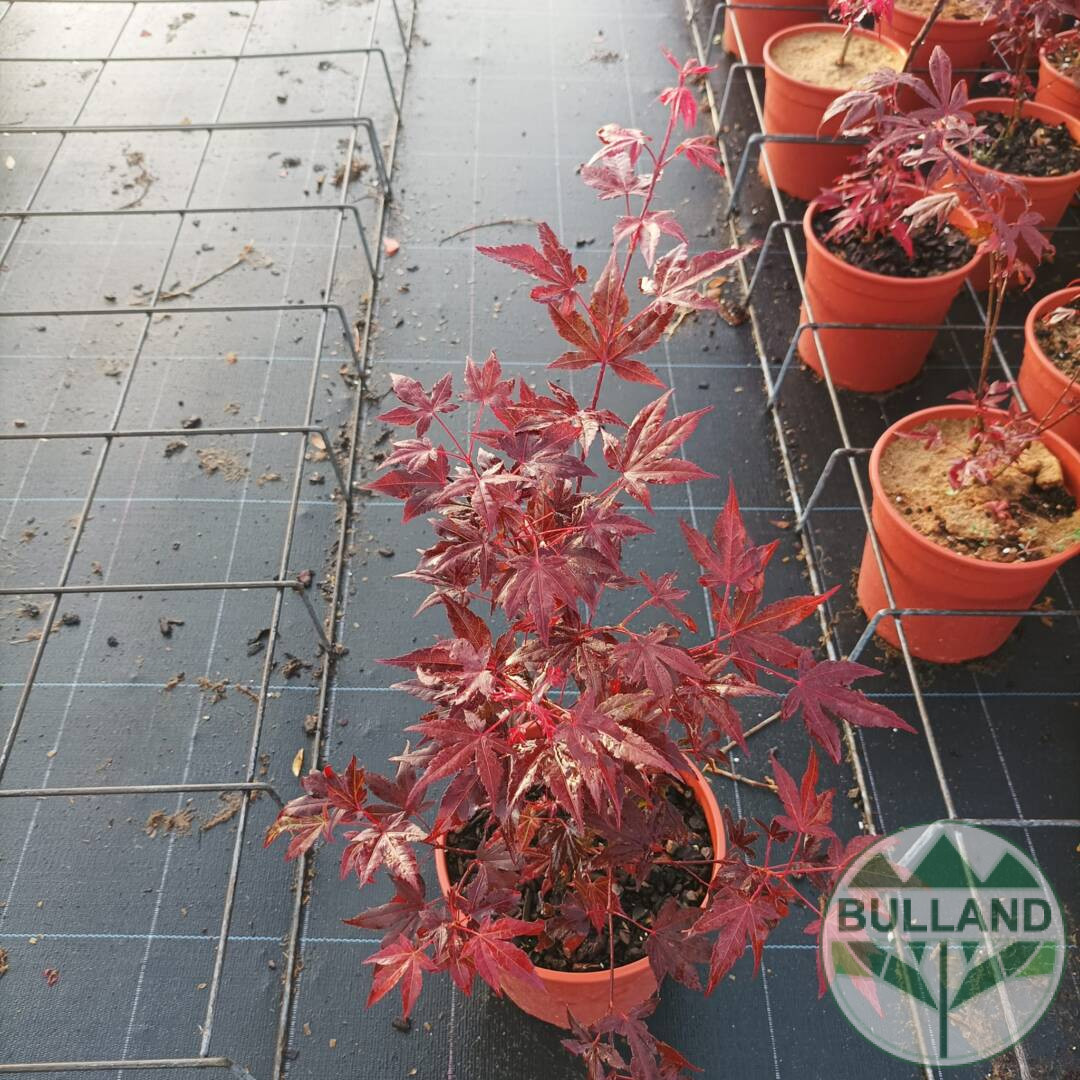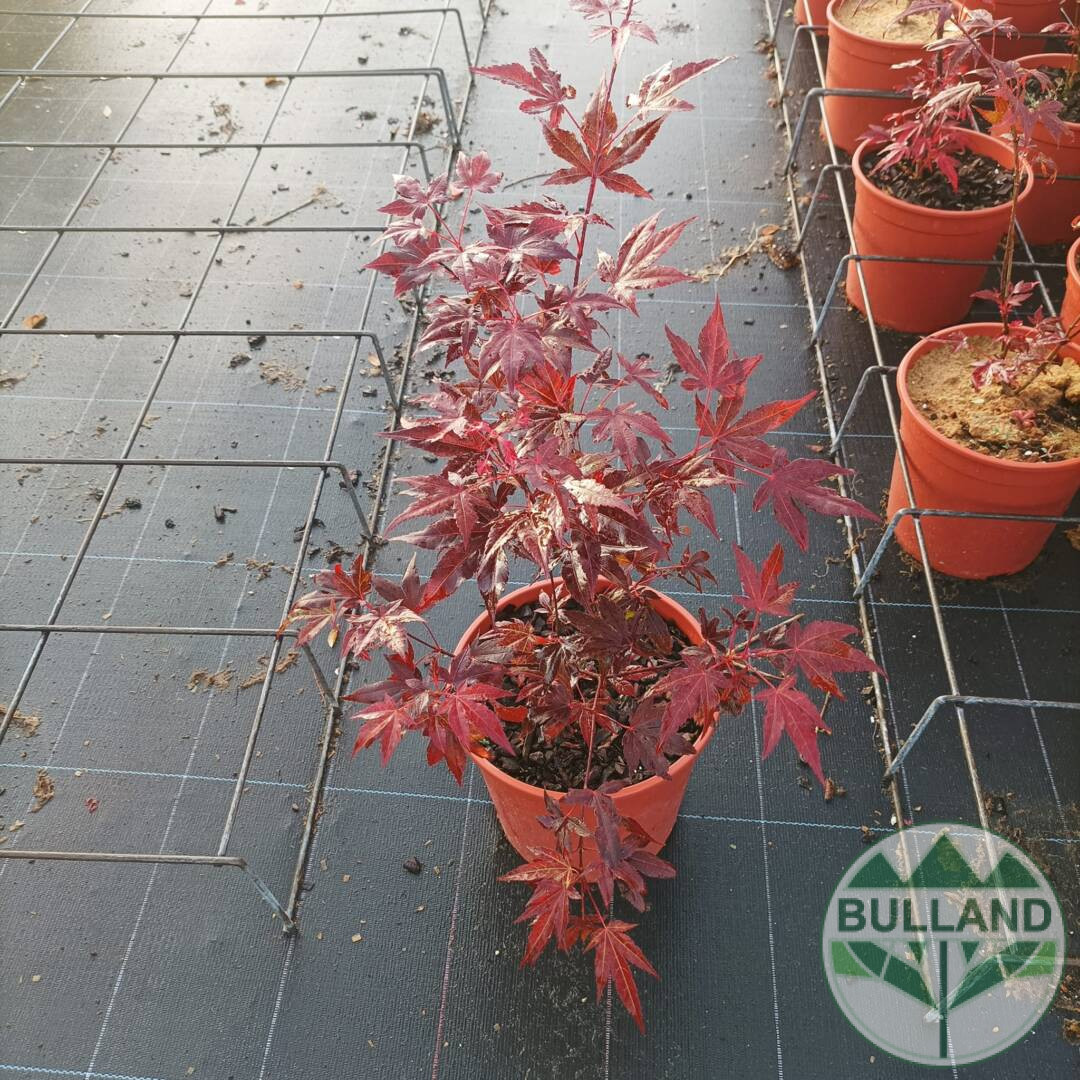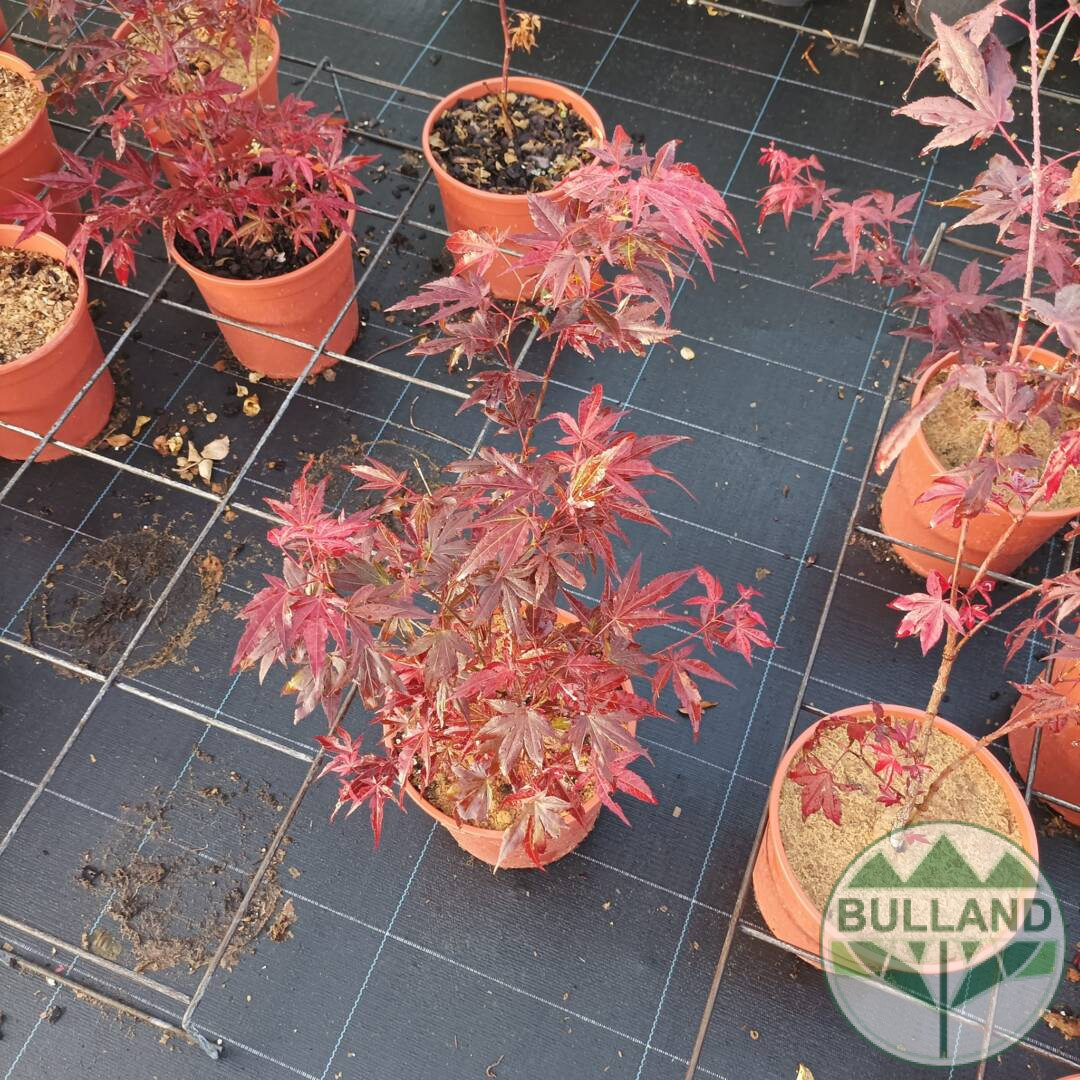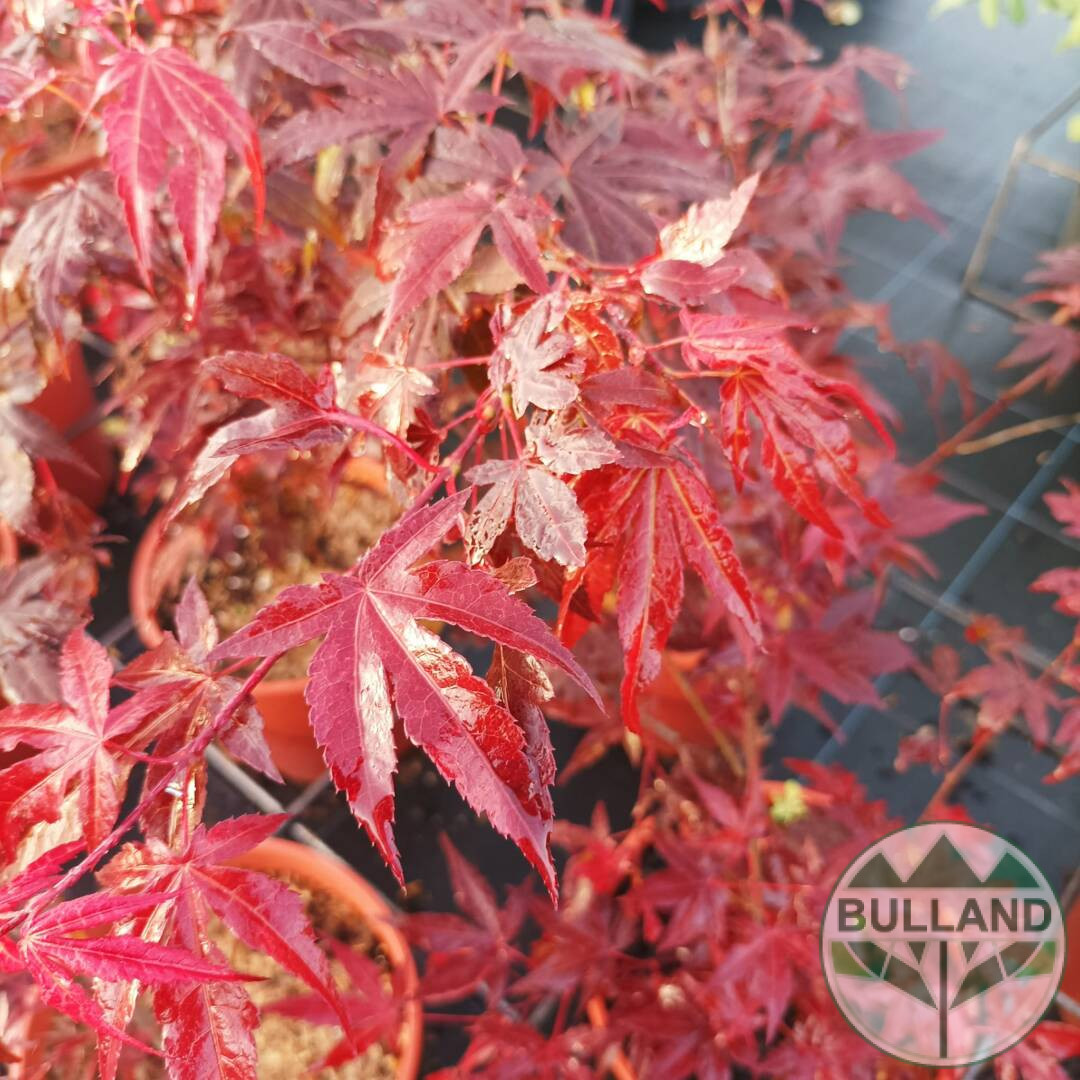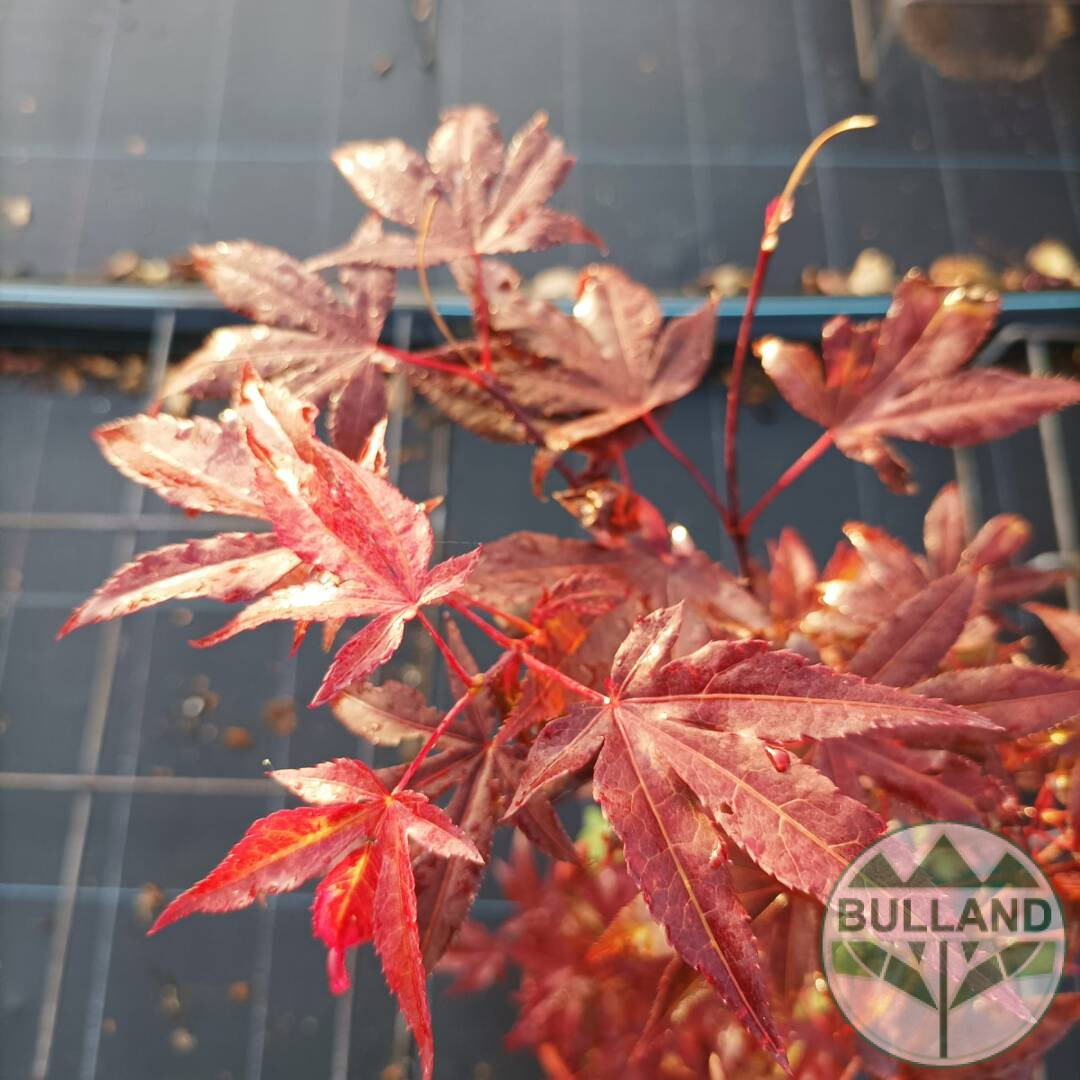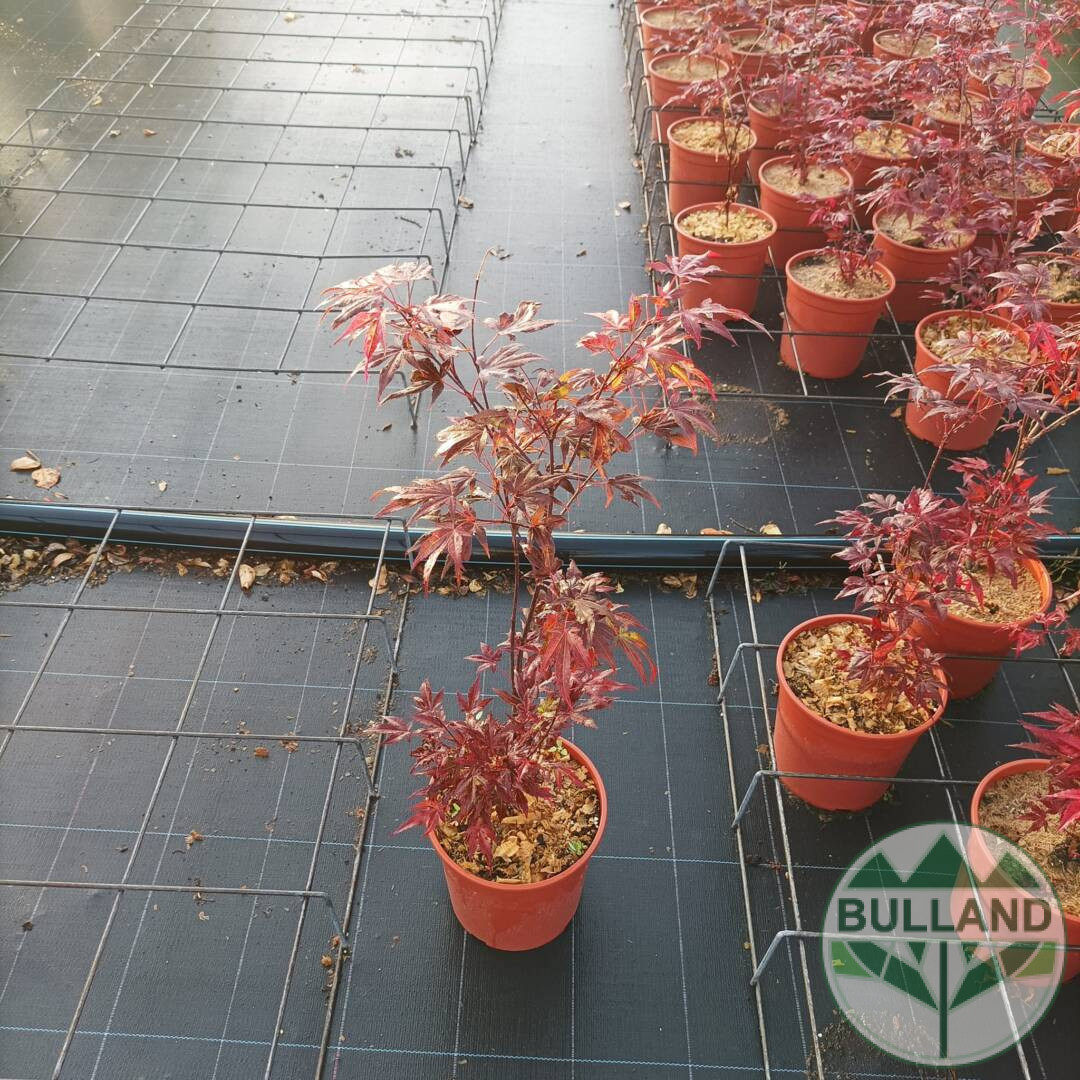Japanese Maple Atropurpurea, (Purple palmate maple)
50.00 лв.
Japanese Maple Atropurpurea, (Purple palmate maple)
Acer Palmatum or the Japanese maple is one of the most beloved and attractive trees, used in landscaping. The Japanese maple is valued for its small size, the beautiful shape of its leaves and crown and its incredible colors - from rich gold to crimson red.
The Japanese maple reaches a height of 2 to 4 meters, depending on its variety. Because of their compactness, Japanese maples are well suited for small gardens or container growing. Although the Japanese maple is more tolerant of high temperatures than most maples, it needs shade or its leaves will wither. However, if they are in too deep shade,red-leaved varieties cannot achieve such a characteristic intense red color. They prefer slightly sour, sandy soils, with a reasonable amount of organic matter. All Japanese maples are slow growing.
There are approx 300 varieties of Japanese maple from miniatures for rockeries and rock gardens to lush trees, with a huge variety in leaf shape, color and size. Most of them need grafts and special care, to retain their characteristics, therefore the Japanese maple is an expensive plant. It is mainly bred from seeds, although in some varieties it is also possible to obtain it by cuttings, but seed breeding gives a rather low yield, and besides, it often does not retain the main characteristics of the species.
Purple palmate maple is the most common variety of Japanese maple. This variety has bright red leaves in the spring,dark red-green in summer,followed by golden-orange and red in autumn. It reaches approx 4 meters.



